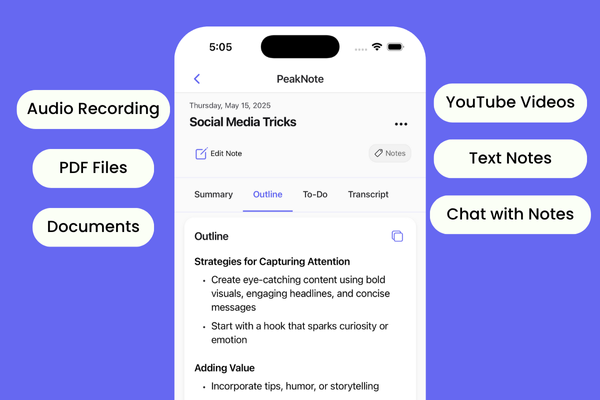<img> element
- The <img> element is a fundamental element for displaying a single image.
- It is supported by all browsers and has been around since the early days of HTML.
- It uses the src attribute to specify the URL or path of the image file.
- It has attributes like alt (for alternative text), width, height, etc., to control the image's display and accessibility.
- It loads the specified image regardless of the device's screen size or resolution.
- Use the <img> element when you want to display a single, fixed image.

<picture> element
- The <picture> element is a relatively new addition to HTML, introduced with the goal of providing better support for responsive images.
- It allows you to specify multiple image sources using the <source> elements nested inside it.
- Each <source> element can have a media attribute that specifies a media condition (e.g., screen size, resolution, pixel density) for which the corresponding image should be loaded.
- The browser will choose the most appropriate image source based on the media conditions and the device's capabilities.
- If none of the <source> elements match, a fallback <img> element inside the <picture> element is used.
- Use the <picture> element when you want to serve different image versions based on the device's screen size, resolution, or other media features.

When to use <img> vs <picture>
- Use <img> when you have a single, fixed image that doesn't need to be optimized for different screen sizes or resolutions.
- Use <picture> when you want to provide different versions of an image optimized for various devices and screen sizes, ensuring better performance and user experience.
- <picture> is particularly useful in responsive web design scenarios, where you need to serve smaller image files on mobile devices and larger image files on desktop screens.
- If you don't need to serve different image versions based on media conditions, stick with the simpler <img> element.
It has attributes like alt (for alternative text), width, height, etc., to control the image's display and accessibility.

